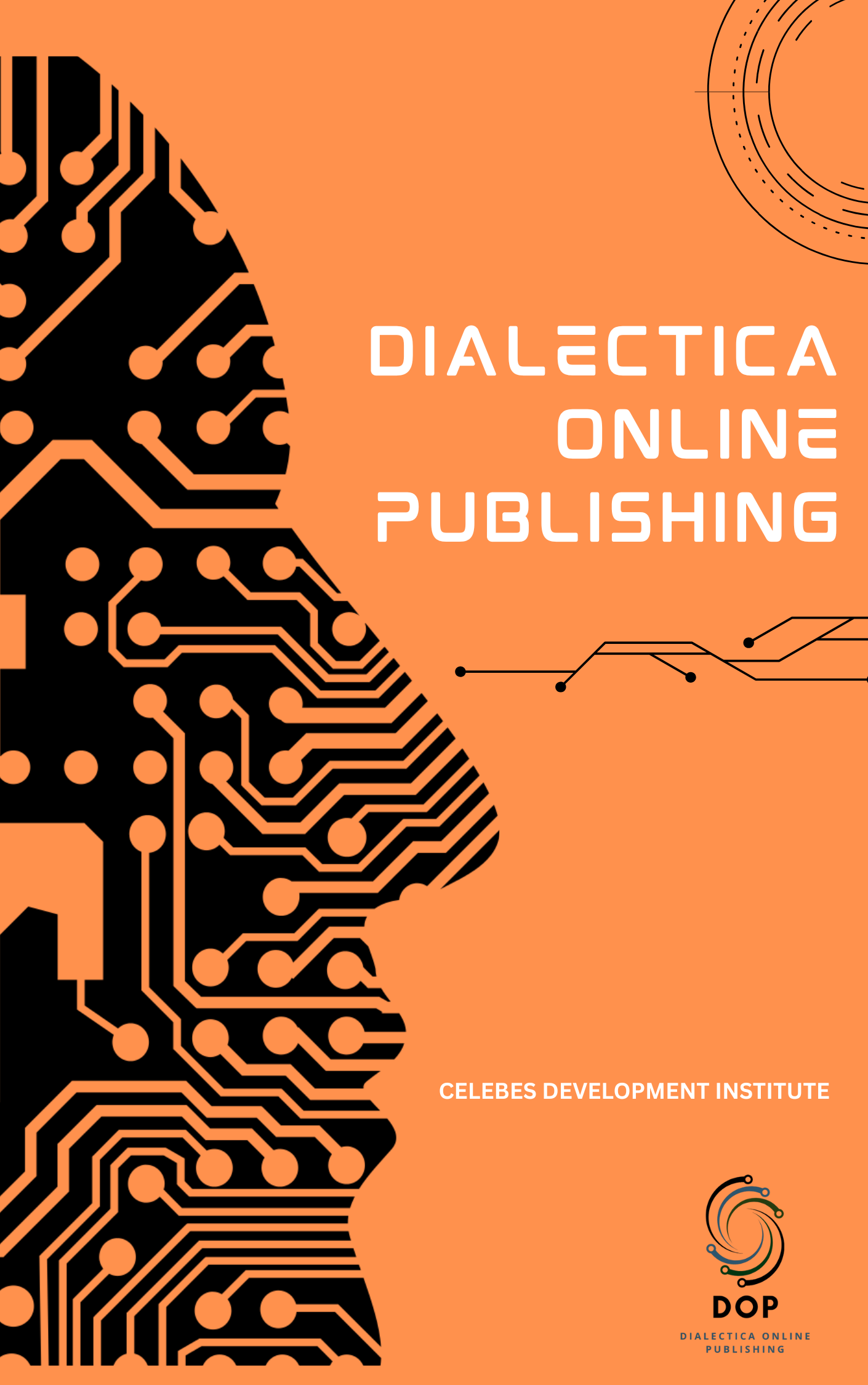The Role of Illustrations in the Fictional Picture Book The Little Red Hen for Developing Visual Literacy in Early Childhood
Keywords:
The Little Red Hen, children’s literature, Kress and van Leeuwen, visual meaningAbstract
This study aims to analyze the visual meanings in the children’s storybook The Little Red Hen by applying Kress and van Leeuwen’s (2006) theory of Visual Grammar. The research employs a descriptive qualitative design to explore how illustrations convey representational, interactive, and compositional meanings that support the story’s moral message. The data were taken from three selected images representing different stages of the narrative: the introduction, the conflict, and the resolution. The findings reveal that each image reflects a distinct visual composition. The first illustration demonstrates an analytical composition, highlighting the moral consequence of hard work through the character’s position and color contrast. The second image presents a narrative composition, depicting the characters’ interaction in a peaceful setting that introduces the story’s context. The third image shows a transactional composition, illustrating social interaction and moral conflict between the Hen and her friends. These visual representations strengthen the story’s educational values and emphasize how images function as a medium for moral and social learning in children’s literature.










